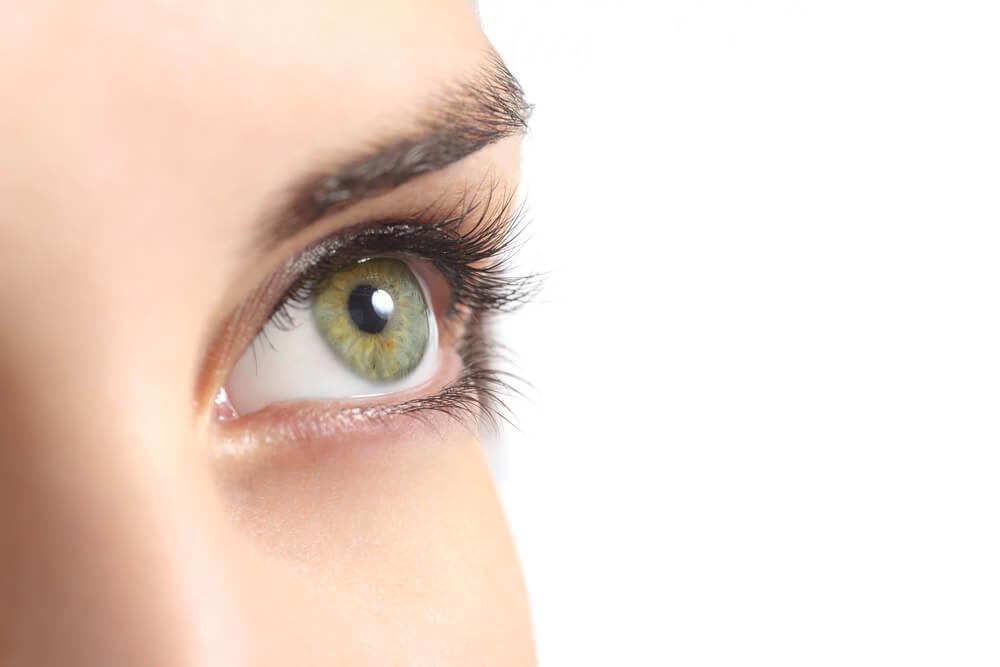Cornea Specialists
Phoenix Cornea Transplant Specialists at Southwestern Eye Center Deliver Top Notch Cornea Eye Surgery

What is the Cornea?
The cornea is the clear window in the front of the eye that covers the colored iris and the round pupil. Light is focused while passing through it, allowing us to see. If it is damaged it may become swollen or scarred, distorting our vision. When vision becomes difficult or painful, disease, injury, infection, previous eye surgery or other problems can cause damage. A transplant is needed if medications or special contact lenses cannot successfully heal or relieve vision problems. The cornea also plays a key role in vision. As light enters the eye, it is refracted, or bent, by the outside shape of the cornea. The curvature of this outer layer helps determine how well your eye can focus on objects close up and far away. If the cornea becomes damaged through disease, infection, or injury, the resulting scars or discoloration can interfere with vision by blocking or distorting light as it enters the eye.
There are three main layers of the cornea:
- Epithelium: The most superficial layer of the cornea, the epithelium stops outside matter from entering the eye. This layer also absorbs oxygen and nutrients from tears.
- Stroma: The stroma is the largest layer of the cornea and is found behind the epithelium. It is made up mostly of water and proteins that give it an elastic but solid form.
- Endothelium: The endothelium is a single layer of cells located between the stroma and the aqueous humor, the clear fluid found in the front and rear chambers of the eye. The endothelium works as a pump, expelling excess water as it is absorbed into the stroma. Without this specialized function, the stroma could become waterlogged and hazy and opaque in appearance, also reducing vision.
What is a corneal transplant?
A corneal transplant is used when vision is lost because the cornea has been damaged by disease or traumatic injury, and there are no other viable options. During the cornea transplant (also commonly referred to as keratoplasty), a patient’s diseased or damaged cornea tissue is actually surgically replaced with the cornea from a human eye of a recently deceased person. The corneas used in these surgeries will come from eye banks that store and collect corneas for this very purpose. Cornea Transplant surgery is painless due to the administration of a local anesthetic at the beginning of the procedure. Some patients may be given general anesthesia, particularly if their overall medical condition is in question. During the corneal transplant surgery, the diseased or damaged cornea is carefully removed from the eye. The new donor cornea is then sewn into place. Most pain medicine should be able to control any residual pain during the recovery period. Recovering from a corneal transplant may take some time. It is certainly not as easy as recovering from LASIK eye surgery.
The stitches will remain in the eye for six to twelve months after the surgery. Eye drops will have to be used while the stitches are in place to assure proper healing and low doses of steroid eye drops are often prescribed on a permanent basis to prevent rejection.
How does damage to the cornea occur?
Damage to the cornea may arise from various reasons such hereditary issues, chemical burns, blunt object trauma, viruses or bacteria. Conditions that may require a patient seek a cornea transplant involve, clouding of the cornea, keratoconus, fuchs dystrophy, irregular corneal surface tissue growths, or corneal swelling.
Common Cornea Problems
- Keratitis – Keratitis is an inflammation of the cornea.
- Corneal dystrophies – There are more than 20 corneal dystrophies, diseases that cause structural problems with the cornea.
- Keratoconus – Keratoconus is a condition where the cornea weakens and bulges forward. The irregular shape of the cornea disrupts proper focusing of light rays and causes distorted vision.
- Fuch’s dystrophy – Fuch’s dystrophy is the gradual deterioration of endothelial cells for no apparent reason.
- Lattice dystrophy – Lattice dystrophy is characterized by the presence of abnormal protein fibers throughout the stroma.
- Herpes zoster (shingles) – Shingles is a recurrence of the chicken pox virus in people who have already had the disease.
- Ocular herpes (herpes of the eye) – This is a viral infection of the eye that may reoccur.
Schedule Online Now!
You can book your next eye care appointment entirely online and find an appointment that works perfectly for you.